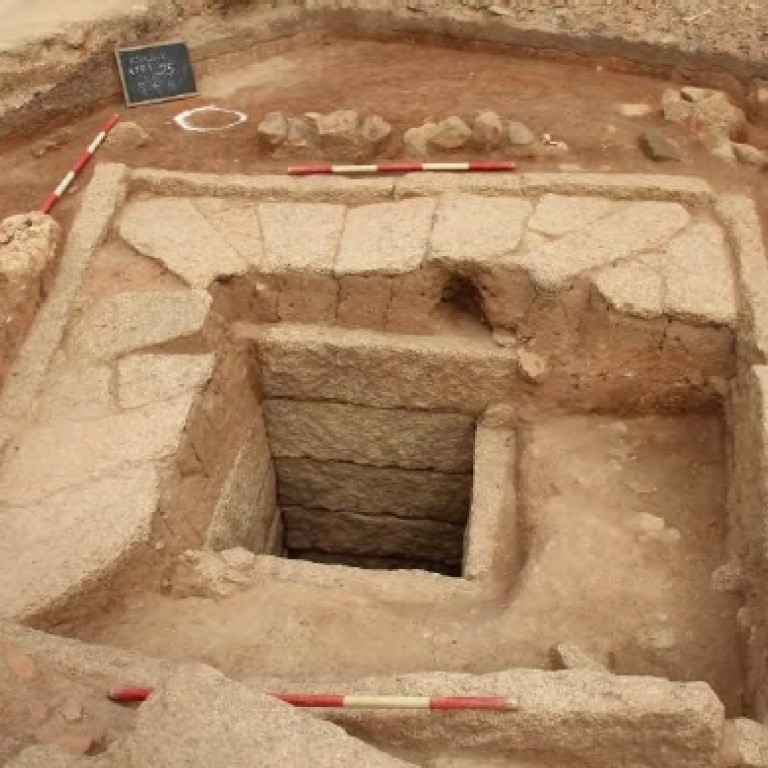
Song-Yuan Dynasties Archaeological Remains Unearthed in Hung Hom
MTR construction workers in Sacred Hill have found historic remains dating back 1,000 years, but there's no concrete preservation plan for now.
A report submitted to the Antiquities and Monuments office says the excavation identified 239 archaeological features and around 3,700 artifacts on the site.
One of the most interesting discoveries in the Sha Tin to Central Link construction site is a square-shaped well which is said to be "in very good condition structurally." Experts recommend that it should be preserved in situ.
But MTR told Ming Pao that archaeology experts and the Antiquities and Monuments Office have confirmed that there's no need to preserve the site.
Lee Ho-yin, Director of HKU’s Architectural Conservation Program, says that in situ conservation is always preferred from a heritage conservation standpoint. He explains to us with an example: “An old temple, as a building, is unremarkable. It becomes remarkable because of its meaning to the context – as a local landmark, as a place of worship for the community,” he said. “Removing the artefacts to a museum will severely limit the understanding of the artefacts.”
Hong Kong historian Ko Tim-keung said on radio today that the well is an important piece of archaeological heritage, as it shows that the city was more than a fishing village, and was also a trade area housing a large settlement. "If it had only been a settlement for several households," he said. "People wouldn’t have built such a delicate well."
He also noted the well is similar to those built in Fujian at the time, meaning that Hong Kong had frequent interactions with the mainland.
Joseph Ting Sun-pao, former Chief Curator of the Hong Kong Museum of History, told Ming Pao that the best approach would be to build a museum preserving the entire site, or the well at the very least. It's the largest archaeological find since that of the Lei Cheng Uk Han Tomb in Sham Shui Po in 1955.
Artefacts unearthed include a lot of everyday items, such as ceramic bowls, dishes, lamp stands and censers. Around 23 percent of them are products from the valuable Longquan Kiln, and are made from celadon porcelain. These will be stored at the Antiquities and Monuments Office for future study and exhibition purposes.
The construction of the Hung Hom to Tai Wai section of the Central to Sha Tin Link is expected to be completed in 2018.

